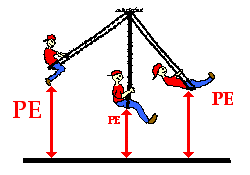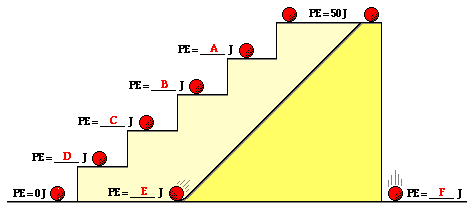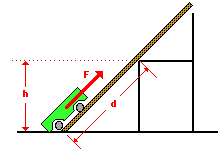Pressure is the force on an object that is spread over a surface area.
The equation for pressure is the force divided by the area where the force is applied. Although this measurement is straightforward when a solid is pushing on a solid, the case of a solid pushing on a liquid or gas requires that the fluid be confined in a container. The force can also be created by the weight of an object.
The smaller the sufface area, the greater is the pressure. This is because the force is spread over a smaller area.
Pressure of solid on a solid
When you apply a force to a solid object, the pressure is defined as the force applied divided by the area of application.Hence,
Pressure depends on two things:
* the Force (in Newtons) and
* the Area it's pressing on (in square metres)
The equation for pressure is:
P = F/A
where
* P is the pressure
* F is the applied force
* A is the surface area where the force is applied
* F/A is F divided by A
The unit of pressure is the pascal
1 Pascal means 1 Newton per square metre
So, 1 Pa = 1 N m-2.
Another unit of pressure that is used is bar. Note that 1 bar = 105 Pa and 1 bar = 1000 millibars.
The pascal is also a unit of stress and the topics of pressure and stress are connected.
* Bed of nails (not really pressure but shear strain?)
* Finger bones are flat on the gripping side to increase surface area in contact and thus reduce compressional stresses
Pressure is isotropic, which means that it acts equally in all directions.
Thus, liquids exert the same pressure in all directions at a given depth.
For example, if you push on an object with your hand with a force of 20 pounds, and the area of your hand is 10 square inches, then the pressure you are exerting is
20 / 10 = 2 pounds per square inch.

You can see that for a given force, if the surface area is smaller, the pressure will be greater. If you use a larger area, you are spreading out the force, and the pressure (or force per unit area) becomes smaller.
Here's an example:
The force on the bench is the weight of the block: 80 N
The area it's pressing on is the base area of the block which is 2 square metres.
So the pressure on the bench is
80 ÷ 2 = 40 Pascals
Notice that a large force might only create a small pressure if it's spread out over a wide area.Also, a small force can create a big pressure if the area is tiny.
Try these Questions:
1) An office safe has a weight of 500N. If the area of the base is 1.25 square metres, what is the pressure on the floor of the office?
Answer
2) A physics teacher has a weight of 800N. If his feet have an area of 0.025 square metres each, what pressure does he exert on the ground? (Remember, he has two feet!)
Answer
Some Applications of Pressure
Using Pressure
* When the area is small, a moderate force can create a very large pressure. This is why a sharp knife is good at cutting things: when you push the very small area of the sharp blade against something, it creates a really large pressure.
* Ice skates have sharp edges, and thus a small area in contact with the ice.
This means that your weight creates a very large pressure on the ice, far more than if you were standing in ordinary shoes.
Ice has an unusual property: it can melt under pressure, even if it's below 0°C. When you're ice skating, you're actually skating on a layer of water that you've just melted, which quickly re-freezes when you move on (you're not skating on ice at all!) This is called regelation, and means that there's very little friction as you skate along.
* Even a slender supermodel can damage floors by walking on then in high-heeled shoes. This is because the area of the heel is small, so you can easily create enough pressure to cause a dent in the floor.
The pressure can be greater than if an elephant was standing there, even though the force is much less. So you should be able to figure out why elephants and camels have large feet.
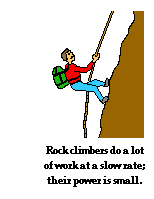





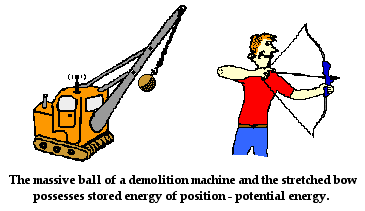 border="0" alt="" />
border="0" alt="" />